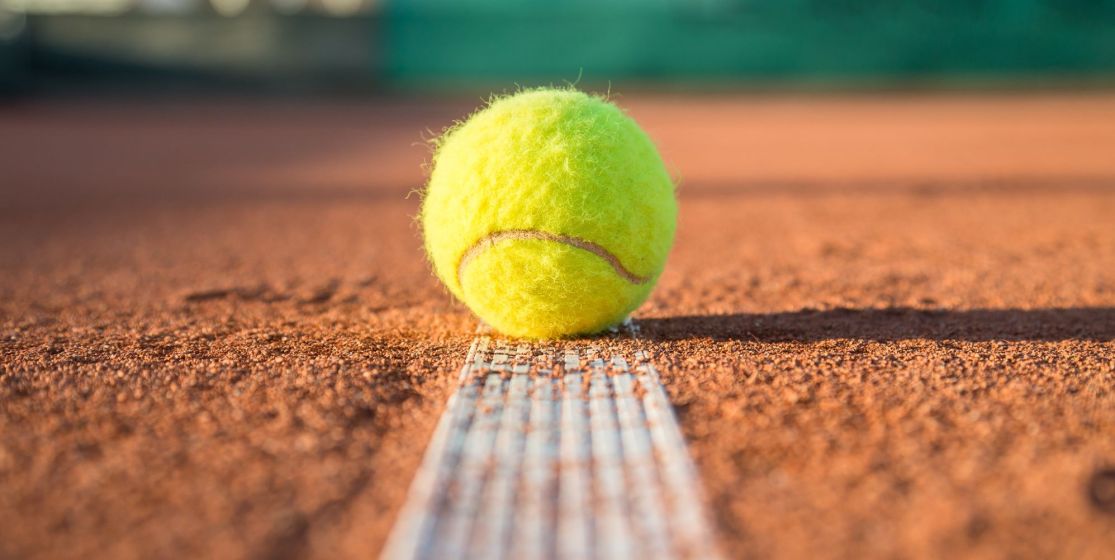The clay is ruthless. Especially in Paris. Borg stopped winning there at 25 years old, Wilander at 24, Lendl at 27 and once a player hits 30 these days, forget it. No chance to shine at Roland Garros once a player enters his fourth decade. However, it wasn’t always so. From days gone by, here is a list of the exceptions that prove the rule.
1. Andrès Gimeno (Spain, winner 1972)
Here we are going back to the Middle Ages, to a time when the stands were bare until the semi-finals. The Spanish veteran, at 34 years old and nine months, beat Patrick Proisy, the future brother-in-law of Yannick Noah, in one of the most unlikely finals ever contested. A semi-finalist at Roland four years previously and at Wimbledon in 1970, runner-up in Australia in 1969, the most surprising winner of the Open era foreshadowed the multi-surface players of today.
2. Andrès Gomez (Ecuador, winner 1990)
You have to be called Andrès to create a late-career surprise at the Porte d'Auteuil. The Ecuadorian was a kind of 80's version of David Ferrer, a (very) strong player who wasn’t entertaining when you had to meet him but who always fell down against the very best. He won the 1990 French Open to general surprise against an immature, twenty-year-old Agassi. His train would not pass again.
3. Andre Agassi (United States, quarter-finalist in 2002)
Andres, Andrew, Andryi and therefore Andre. We remember the "Las Vegas Kid" for his victory in 1999... At twenty-nine years old, it was the only grand slam missing from his collection. A decade earlier, he also played two memorable finals and lost them both. Very few people, however, remember this quarterfinal where he bowed out against the future finalist Juan Carlos Ferrero. At thirty-two years old, positively ancient on clay.
4. Roger Federer (Switzerland, finalist 2011)
Last year, it SHOULD have been Rafa-Djoko in the final: the unbeatable on clay against the invincible, period. But then Roooodddgger got involved. He started by reaching the semi-finals, and then crushed the Serb during a memorable match before getting molested by the muchacho from Manacor. If the stars are aligned properly he could this year, again, keep Nole from realizing his 'Djoko Slam' and meet Nadal for the fifth time in the final, at thirty years and nine months old.... Wait and see...
5. Rod Laver (Australia, winner 1969)
The great Australian champion used to consider that to even think of winning the Grand Slam, he absolutely had to win Roland Garros, especially since the other three were contested on grass. He did so effectively in 1962 and 1969, at thirty-one years old. He would follow both up by snaring the other three (at the time Australia was in December, Ed.) to achieve the Grand Slam. Twice. Well, the last time in the final, he defeated Rosewall, another Australian also in his thirties: so does it really count?
6. Ken Rosewall (Australia, winner 1968)
The guy is a beast. Winner in Paris in 1953 at nineteen years old, he won again fifteen years later against Rod Laver. The Australian would go to win everywhere but Wimbledon, where he played his fourth final at the age of forty against Jimmy Connors, a mere 22 years old and author of a “nearly” Slam that year. And to think that Rosewall was still charging around in 1977...
7. Jimmy Connors (United States, quarter-finalist in 1987)
Between "Jimbo" and "the French", it’s always been complicated. When he was the best player in the world in 1974, Philippe Chatrier forbade him from playing at Roland because of the lucrative exhibition matches held by a Texan billionaire who threatened the established order of international tennis and in which he participated. Resentful, the American finally stepped out at Roland Garros in 1979. Four semis and four quarter-finals followed but never a final, and never a meeting with Borg. Connors would remain in the ATP Top Ten until 1989, at thirty-seven years old. His swansong came two years earlier, ending with a defeat against Boris Becker in the quarterfinals. It didn’t prevent him from reaching the semi-finals of the U.S. Open four years later, on the eve of his thirty-ninth birthday...
8. Carlos Moya (Spain, quarter-finalist in 2007)
Nine years after his personal Himalaya - to win RG- Carlos Moya was hit by an avalanche during his last feat in the tournament against his cousin from the Balearic Islands, Rafael Nadal. He went down in straight sets, managing to win only 4, 3 and 0 games in each. A Big chill in the Parisian spring…
9. Marcelo Filippini (Italy, quarter-finalist in 1999)
A kind of mirage of the ochre. A little bit like Thierry Champion, the Uruguayan, 32, snuck into the quarter-finals by the back door. He had never previously been beyond the second round of a Grand Slam and would never manage the feat again. Andre Agassi chased off the interloper in four sets. There is no room for squatters on the royal ochre, especially the year when his majesty “Dédé” hit the jackpot.
10. José Higueras (Spain, semi-finalist 1983)
The almost perfect counter-example. Born in 1953, the future coach of the American elite grew up in the Seventies in the shadow of Orantes and Gimeno. Anonymous, or almost. He woke up in the second part of his career, collecting runners-up spots in some of the most prestigious clay-court tournaments. His greatest achievement: two appearances in the semi-finals at Roland Garros at twenty-nine and thirty years old. Good things come to those who wait... blah, blah, blah...
Rico Rizzitelli






